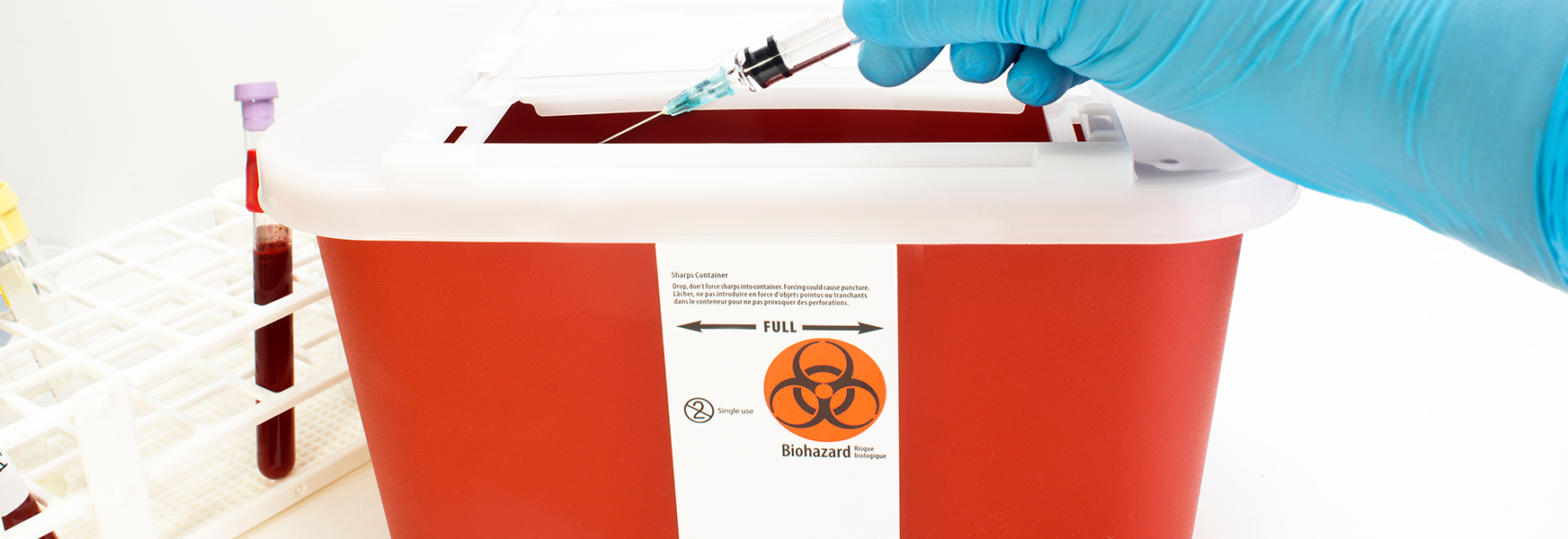Stay Sharp - Your Sharps Injury Program Matters

In the world of healthcare, few things are as crucial as the proper handling of sharps. Sharps include needles, syringes, lancets, and other pointed medical instruments that pose significant risks if not managed correctly. Whether in healthcare facilities, research labs, or homes, establishing an effective sharps program is paramount for the safety of both healthcare workers and the community at large. This blog will delve into the essentials of managing a sharps program, providing insights and tips for ensuring safety and compliance.
Before diving into the logistics of managing a sharps program, it is essential to understand the risks associated with mishandled sharps. Accidental needle sticks and cuts not only cause immediate physical harm but also increase the risk of exposure to bloodborne pathogens such as HIV, hepatitis B, and hepatitis C. Furthermore, improper disposal of sharps can lead to potential environmental contamination, posing a risk to laundry personnel, housekeeping staff, other healthcare workers, and the general public.
A comprehensive sharps program should include the following key components:
- Risk Assessment: Begin by conducting a thorough risk assessment of your facility or organization. Identify areas where sharps are used, stored, and disposed of, and evaluate potential hazards. This assessment forms the foundation of your sharps management plan.
- Training and Education: Equip all affected personnel including healthcare professionals, laboratory technicians, and housekeepers, with comprehensive training on sharps safety and proper handling techniques. Training should encompass topics such as safe needle use and disposal, the use of sharps containers, and protocols for responding to needlestick injuries.
- Sharps Containers: Invest in high-quality sharps containers that are puncture-resistant, leak-proof, and clearly labeled. Place containers strategically in areas where sharps waste is generated, ensuring easy access and prompt disposal. Regularly inspect and replace containers to maintain effectiveness.
- Disposal Procedures: Establish clear protocols for the safe disposal of sharps, adhering to local regulations and guidelines. Emphasize the importance of never recapping needles, as this significantly increases the risk of needlestick injuries. The use of safety-engineered devices, such as retractable needles, should be encouraged whenever possible.
- Incident Reporting and Response: Implement procedures for prompt reporting and investigating needlestick injuries or other sharps-related incidents. Ensure that affected individuals receive immediate medical attention and follow-up care as needed. Use incident data to identify trends, improve protocols, and prevent future incidents.
- Compliance and Documentation: Stay up to date with relevant regulations, standards, and best practices governing sharps management, including those set forth by regulatory bodies such as OSHA (Occupational Safety and Health Administration). Maintain thorough documentation of training sessions, risk assessments, disposal records, and incident reports to demonstrate compliance and track performance over time.
- Continuous Improvement: Sharps management is an ongoing process that requires regular evaluation and refinement. Solicit feedback from staff members regarding the effectiveness of current procedures and seek opportunities for improvement. Stay informed about emerging technologies and best practices in sharps safety, and proactively implementing advancements that enhance safety and efficiency.
By prioritizing these elements, organizations can create a sharps management program that not only meets regulatory requirements but also fosters a safe and efficient work environment.
Additional Resources:
MEMIC blogs:
By logging into the Safety Director, MEMIC Policyholders can access the "Compliance Checklist for Sharps Injury Prevention."
